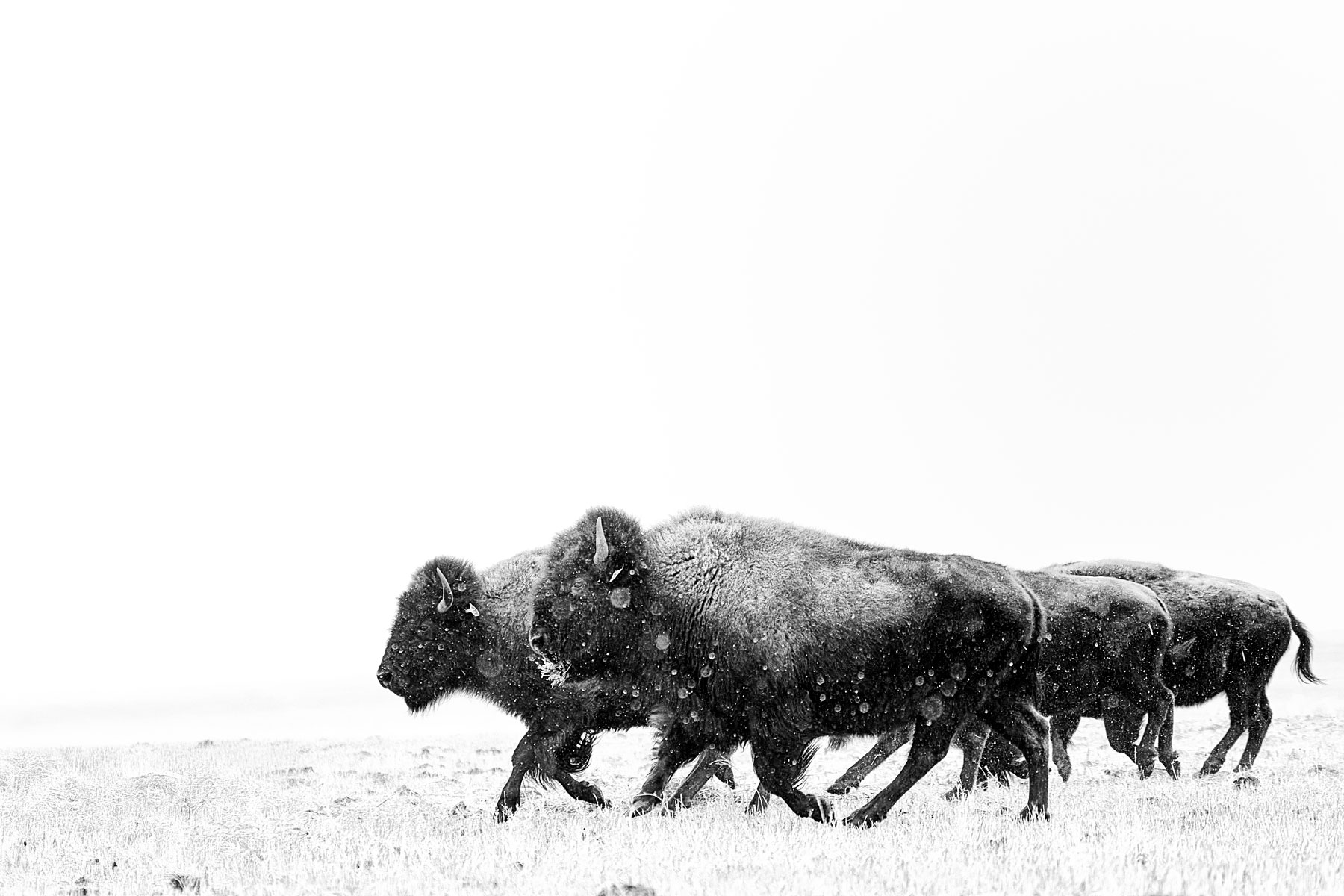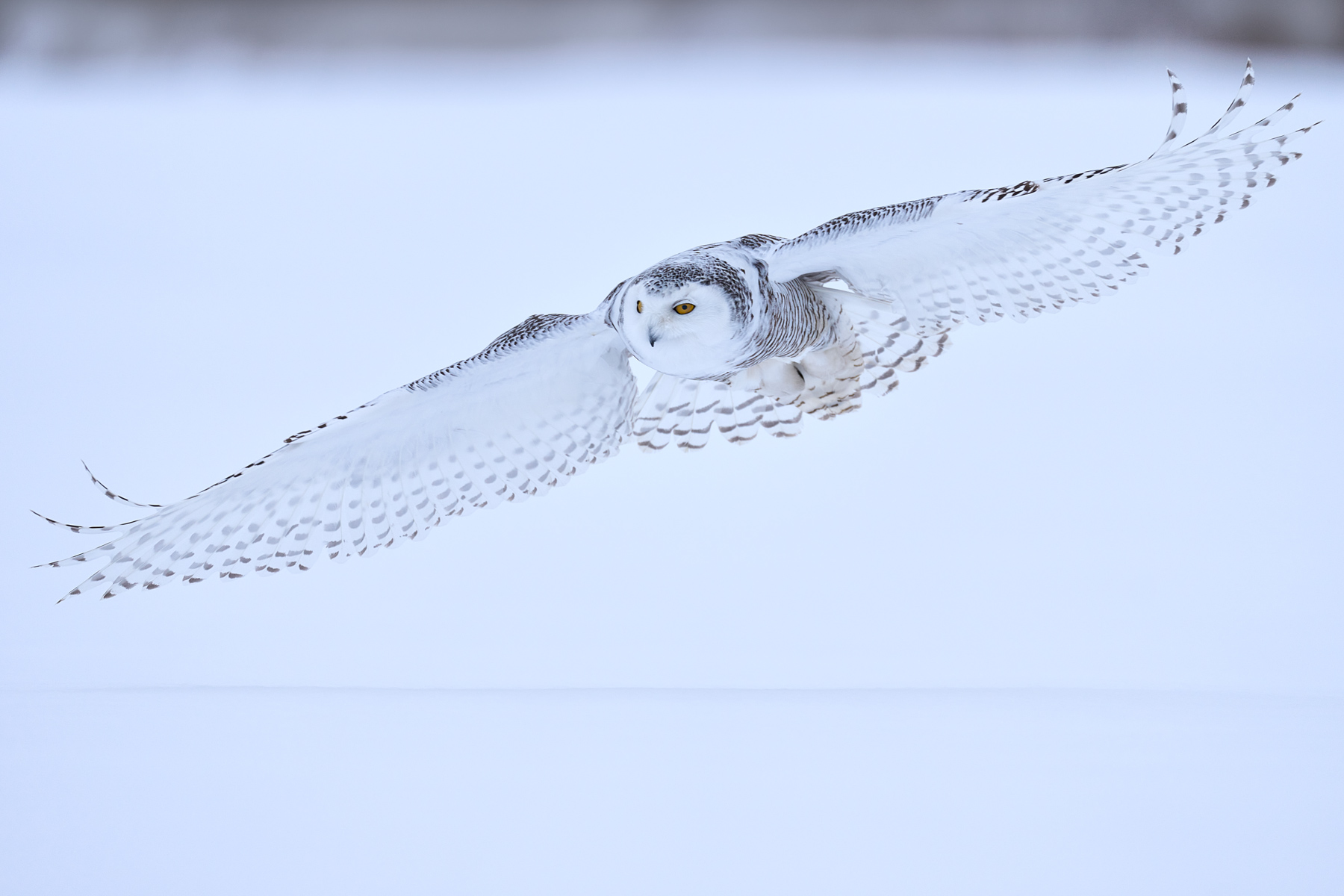In the heart of winter, the snowy owl emerges as a beacon of majesty and mystery. These enigmatic creatures, with their pristine feathers and piercing eyes, have captured the imagination of many. Yet, beneath their captivating allure lies a pressing question: Can snowy owls be pets? Journey with us as we delve into the realities of owning these wild companions.
Key Takeaways for Can Snowy Owls Be Pets?
- Snowy owls are not recommended as pets due to their demanding care needs, potential safety issues and legal implications.
- Respect for wildlife laws is essential when considering ownership of a snowy owl, while alternatives such as supporting conservation efforts or enjoying them through art prints offer sustainable ways to appreciate them.
- Engaging with snowy owls responsibly by respecting their space and avoiding disturbance is vital for protecting their populations.
The Allure and Reality of Snowy Owls as Pets

The frosty landscape is an example of natural beauty, emphasized by majestic snowy owls. Since long ago these beautiful birds have been a source of captivation and intrigue for many people who regard them as lucky omens. Yet the reality behind keeping one demands that individuals take into consideration potential risks both physically and legally before committing to such ventures during winter. Owning this type of owl presents some major challenges like care needs specifically tailored for each bird or having children/other pets in the house which might make it harder to adequately provide its necessities hence why owning any kind of pet should never be taken lightly.
The Magic of Snowy Owls in Media
Snowy Owls have long been a source of wonder, often depicted in the media as possessing magical qualities. With pictures that enthral us and stories placed under night skies, it is no surprise they become desired pets, something popular culture like Harry Potter contributed to drastically. We must remember their true essence lies beyond this captivation. These birds are best left thriving wild in their natural habitats rather than restricted within domestic boundaries. Their magnificence still radiates regardless though – from awe-inspiring snapshots to tales spun with enchantment alluringly encased by starlit scenes.
The Challenges of Domesticating Wild Animals
Humans have been trying to domesticate animals like snowy owls and wild horses for decades, primarily driven by fear or fascination. Completely taming the creatures remains difficult due to the potential risks associated with it – such as psychological harm and chronic stress from experiencing a constant state of alarm while around humans. When considering having an owl companion in one’s household, all implications must be thoughtfully taken into account before creating this bond between human and animal.
Legal Implications and Conservation Concerns
Exploring the realm of snowy owl ownership requires more than just providing for their physical needs, it encompasses a multifaceted and intricate set of regulatory requirements.
There are laws in place to protect these birds from becoming property through regulations like the Migratory Bird Treaty Act, which was established 1918. What is more, the CITES treaty classifying them as vulnerable species has resulted in stricter control over worldwide trading and ownership situation with respect to this bird species. A deep understanding concerning legal implications along with conservation anxieties is indispensable before venturing out on owning one such majestic creature dwelling in natural habitats around the world scattered amidst an array of wildlife landscape configurations.
Wildlife Laws and Ownership Restrictions
It is essential to get acquainted with the legal side of things when it comes to ownership of wild animals, such as snowy owls. In the United States, for instance, the Migratory Bird Act forbids individuals from keeping these creatures in private possession and disregarding this can result in hefty fines or penalties. Globally speaking, laws like the Migratory Bird Treaty are like the Migratory Bird Treaty. Act offers safety net protection for snow owls that must be taken into consideration before owning them. Thus, being informed on their needs along with having a clear understanding of wildlife regulations should be part of anyone’s journey looking forward to buying an owl living freely in nature!
The Role of Conservation in Wildlife Photography
The tale of wildlife photography, in particular landscape photography, has a positive side. It contributes to conservation efforts by allowing us the chance to observe the beauty of snowy owls and becoming more aware that these birds carry life with them. Capturing their essence through images generated from cameras helps cultivate stronger relationships between humans and snow owls while creating physical proof for supporting preservation plans related to this majestic creature.
Instead of focusing on owning an owl, which could lead into legal issues. Photographing enables all forms of audiences actively engaging when witnessing such natural magnificence captured behind lenses. This can be done professionally or as a leisurely activity making it an accessible choice without compromising law regulations providing a much worthy alternative outcome going forward!
Caring for a Snowy Owl: Requirements and Responsibilities
Taking on the role of looking after a snowy owl is no simple job. Achieving their dietary, space, and habitat needs can be strenuous both in terms of finances and labour. These birds prefer small animals like lemmings or voles for food, but also require plenty of room to thrive. To replicate such Arctic tundra ecosystems at home requires tremendous effort – if it’s even possible, which must be considered when contemplating owning one yourself! As these owls prefer living near lakes, rivers and wide open spaces with plentiful prey nearby. Someone considering ownership should make sure they are ready for all that this entails before committing themselves fully into caring duties.
Dietary Demands of Snowy Owls
Snowy Owls have a specialized and complex diet. Their native hunting behavior consists of perching on high points to seek out rodents like lemmings, voles, or even birds for sustenance. This instinctive approach poses challenges when trying to provide them with appropriate nutrition in captivity as common pet food does not suit their particular nutritional requirements. To ensure they remain healthy, captive snowy owls are given regulated diets that contain mice, rats and pre-packaged owl formulas. It is imperative then that anyone considering owning one recognizes the importance of ensuring its dietary needs are met adequately.
Space and Habitat Considerations
When creating an appropriate home for a snowy owl, consideration needs to be given to both the necessary space and habitat. In their natural environment of the Arctic tundra, these birds have large areas in which they can hunt and fly freely. It is essential that aviaries or enclosures used as captivity provide unrestricted movement around with plenty of room for flying without constraint.
A suitable habitat must recreate elements present in nature. This includes open fields consisting of little vegetation, access to water sources plus other components. Seen out on the tundra plain. Thus those keeping one should bear this all in mind when determining if they are able to accommodate its requirements adequately.
Ethical Considerations in Wildlife Ownership

Wildlife ownership is not just a practical and legal matter, but also an ethical one. Acknowledging the inherent rights of wild animals such as snowy owls needs to be taken into consideration before deciding whether or not to own them. Respectful treatment towards these creatures should be prioritized in order for us humans to fulfill their welfare rather than exploit it solely for our benefit. Thus, anyone who plans on owning this species must take proper precautions with regards to animal rights so that they don’t infringe on what nature has already set out.
Alternatives to Owning Snowy Owls
There are many ways to appreciate the beauty of snowy owls without taking on ownership responsibilities. Conservation efforts, such as attending educational programs or volunteering at a wildlife rehabilitation center, can help support their protection in national parks. For those looking for more tangible expression of appreciation and engagement with these birds, they may purchase fine art prints representing them. This artwork captures all aspects of the animal’s unique beauty while also helping contribute to its continued existence in nature. Similarly, bird-watching tours offer another wonderful opportunity to admire these creatures up close along with learning about relevant topics like habitat conservation from experienced guides along the way.
Supporting Snowy Owl Conservation Efforts
The conservation of snowy owls is an important task and one that can be aided in many ways. From raising awareness to providing financial assistance, there are a variety of ways for individuals to contribute and support the protection of these creatures.
Respecting their space, averting disturbance, and noting sightings – all play a major role in preserving owl populations. By supporting such efforts, we not only protect them, but also ensure our interaction with them takes place ethically.
Enjoying Snowy Owls Through Fine Art Prints

Fine art prints are a great way to admire and appreciate the magnificent beauty of snowy owls and wildlife without actually possessing them. Skilled photographers capture their essence in amazing detail, thus making these prints ideal wall decorations for any collection or as gifts.
By buying fine art prints from our online store, you can both beautify your space with an image of these awe-inspiring birds while also supporting artists and conservation activities, which makes it far more advantageous than owning one yourself.
Engaging with Snowy Owls Responsibly
It is essential to show respect for snowy owls’ natural habitat and be aware of their needs when interacting with them. We must take care not to disrupt the birds or cause any harm – this includes avoiding activities like ‘live baiting’. If we are mindful in our interactions, then we can help protect these animals while ensuring no damage comes to their populations and environment. Being conscious that ethical guidelines should always be followed contributes significantly towards securing healthy lives for owl species living wild.
Summary
Given the complexity of owning a snowy owl, it is important to be aware of all its needs and legal requirements as well as their ethical implications. Respect for these majestic birds involves recognizing their wild nature while supporting conservation efforts in order to ensure that they remain free under the Arctic sky. Taking into account our appreciation for beauty and care for wildlife preservation, there are ways we can enjoy experiencing this species without assuming ownership over them.
Frequently Asked Questions
Are snowy owls nice to humans?
Snowy Owls are not renowned for being friendly to humans, and due to their preference of being nocturnal creatures along with needing large live prey, they make inappropriate pets.
Making them difficult companions.
Are owls allowed to be kept as pets?
Unfortunately, private individuals are not typically allowed to keep native owls as pets in the United States. The animal can only be possessed by trained, licensed individuals while being rehabilitated, as foster parents in a rehabilitation facility, as part of a breeding program, for educational purposes, or certain species may be used for falconry.
Are snowy owls loners?
Snowy Owls, solitary birds by nature, tend to establish their own hunting grounds depending on the availability of prey. During breeding season, they may temporarily form a ‘parliament’. This is not common in other times.
How rare is a snowy owl?
Snowy Owls have been listed as vulnerable on the International Union for Conservation of Nature and Natural Resources’ 2021 Red List. It is estimated that there are only around 100,000 individuals worldwide with fewer than 28,000 successful breeding pairs left in existence. Consequently, these owls can be considered rare amongst nature’s creatures.
What are the legal implications of owning a snowy owl?
The United States has made it unlawful to possess a snowy owl due to the Migratory Bird Treaty Act of 1918. Other countries may vary in their regulations regarding ownership of this species of bird.












